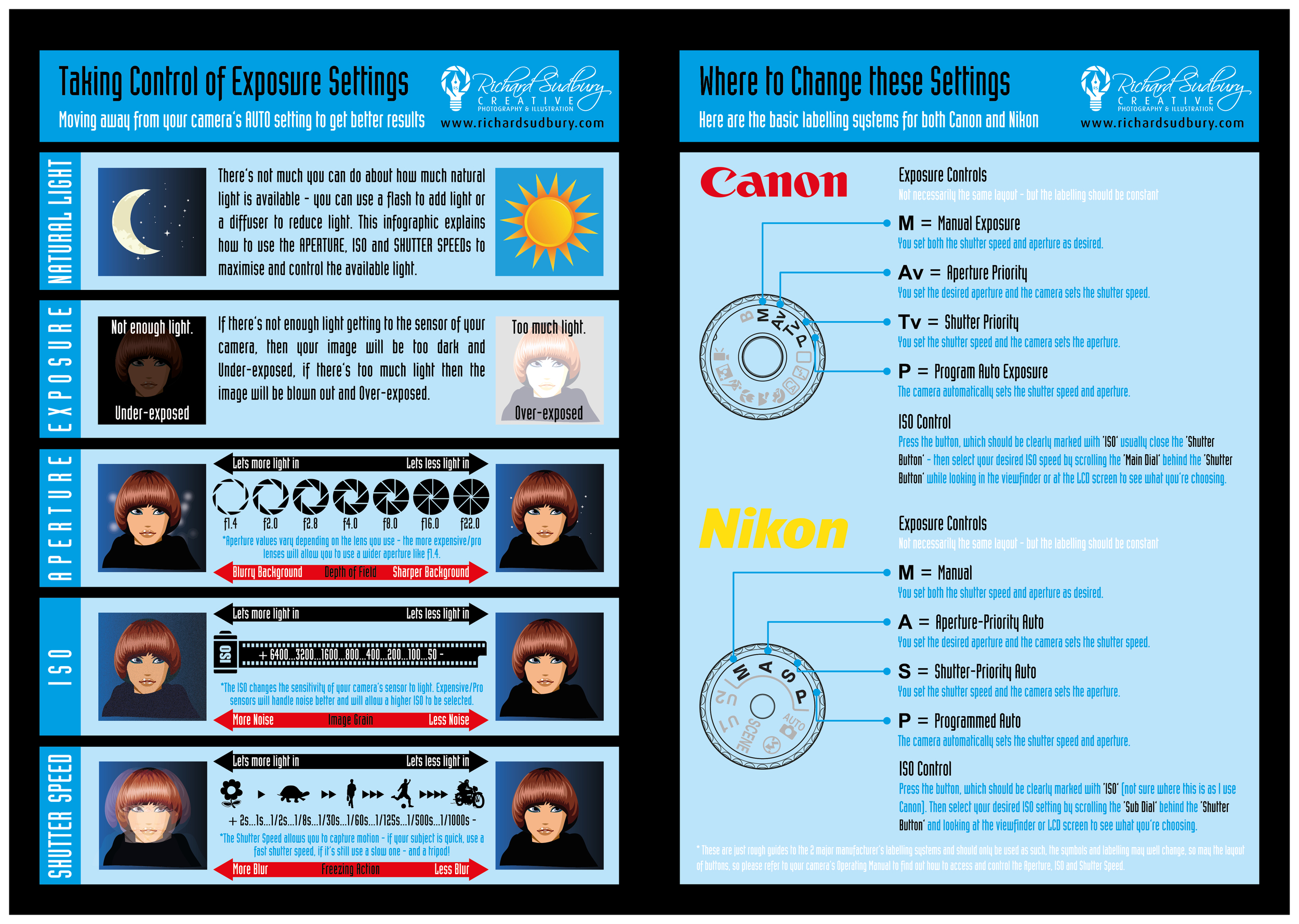Join Us To Find Necessary Photography Suggestions That Will Certainly Open Your Camera'S Capacity-- Prepare To Record Stunning Pictures In No Time!
Join Us To Find Necessary Photography Suggestions That Will Certainly Open Your Camera'S Capacity-- Prepare To Record Stunning Pictures In No Time!
Blog Article
Content Develop By-Lindgreen Odgaard
When you first get your video camera, it can really feel frustrating with all the setups and choices offered. You could find yourself asking yourself exactly how to browse aperture, shutter rate, and ISO successfully. Mastering these principles is vital, yet there's even more to photography than just technical knowledge. Comprehending composition strategies and lighting problems can elevate your photos substantially. So, what if you could discover easy techniques to boost your abilities and begin capturing outstanding pictures quicker than you assume? Let's explore just how to change your photography journey.
Recognizing Electronic Camera Setups
Comprehending your electronic camera setups is important for recording magnificent pictures. When you get your cam, acquaint on your own with the three main setups: aperture, shutter rate, and ISO. Each plays a crucial role in just how your pictures turn out.
Begin with simply click the following web site , which regulates the amount of light entering the lens. A wider aperture (lower f-number) allows more light and creates a beautiful history blur, best for portraits. Conversely, a narrower aperture (higher f-number) keeps even more of the scene in focus, ideal for landscapes.
Next, focus on shutter speed. This setup identifies for how long your cam's sensing unit is revealed to light. A rapid shutter rate freezes motion, which is excellent for activity shots, while a slow-moving shutter rate can develop sensational effects like smooth water in landscapes.
Finally, readjust your ISO. This setting affects your camera's level of sensitivity to light. A greater ISO serves in low-light circumstances yet can present noise or grain. Aim for the lowest ISO feasible while still accomplishing correct direct exposure.
Composition Methods
When you're out capturing, structure can make all the difference in just how your pictures resonate with viewers. Start by using the policy of thirds; visualize your frame split into nine equal sections with 2 horizontal and two upright lines. http://earle435cornell.xtgem.com/__xt_blog/__xtblog_entry/__xtblog_entry/37554801-unlock-the-secrets-to-discovering-the-perfect-video-camera-for-your-demands-but-which-kind-will-truly-record-your-vision?__xtblog_block_id=1#xt_blog along these lines or at their junctions to develop equilibrium and passion.
Next off, consider leading lines. These all-natural lines in your scene, like roadways or rivers, draw the customer's eye right into the photo, assisting them through the story you're telling.
Don't ignore framing; use components within your scene, like trees or home windows, to produce a frame around your subject, adding depth and focus.
Also, keep an eye on your background. A cluttered history can distract from your primary subject, while a straightforward one assists it stand out.
Last but not least, trying out symmetry and patterns; they can create a striking photo that captures attention.
Mastering Lights Conditions
Mastering illumination problems is critical for catching spectacular photographs, as the appropriate light can transform a normal scene into something phenomenal.
Begin by observing natural light at various times of the day. Early mornings and late afternoons provide the very best light, referred to as the golden hour. The soft, warm tones throughout these times can boost your images beautifully.
Do not shy away from overcast days either; diffused light can reduce severe shadows and produce a pleasing impact, especially for portraits.
Trying out backlighting by placing your topic versus the source of light. This strategy can create a fanciful halo impact and add depth to your pictures.
Pay attention to your cam setups too. Readjust the ISO, aperture, and shutter rate to suit the lights conditions. A higher ISO can assist in low light, but be cautious of grain.
Use a tripod in darker atmospheres to prevent blur.
Last but not least, do not forget artificial lighting. Flash and continuous lights can be wonderful tools for managing light in challenging conditions.
Verdict
To conclude, understanding your cam does not need to be overwhelming. By comprehending your setups, using structure techniques, and using the power of natural light, you'll swiftly boost your digital photography abilities. Remember, practice makes perfect, so go out there and experiment with your newfound understanding. With time and commitment, you'll be capturing magnificent images that show your unique viewpoint. Delight in the journey, and don't neglect to enjoy while you go to it!
